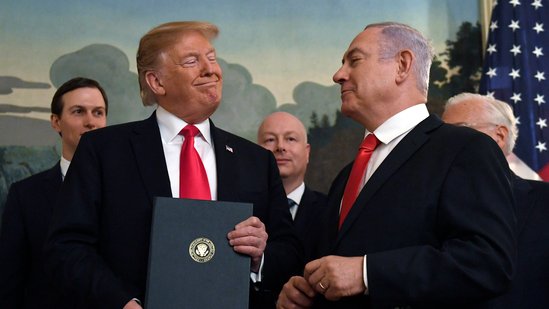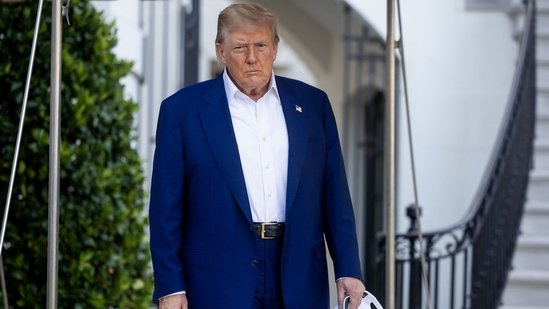China’s growing biotech prowess has become a real threat to the industry in the US in recent years. Moves by the Trump administration could weaken the US market further, according to several experts watching the deals flowing into China, which amounted $30 billion in 2024 and are already more than half that total in mid-2025.
EY life sciences leader Arda Ural is among those watching and said that China is no longer the land of generics and active pharmaceutical ingredients (APIs) used by the rest of the world.
China has long been known as a “me too” producer — that is, a manufacturer of generics — as well as a source of APIs. But China is showing its might as it clinches more licensing deals for drugs developed domestically and increases clinical trials being conducted in the country.
“The numbers are pretty compelling,” Ural told Yahoo Finance. “A couple of years ago, we had pretty much no deals, or maybe under $1 billion in 2016. As of last year, there were $30 billion of licensing deals of Chinese assets into the US.”
But this didn’t happen overnight. The Chinese Communist Party laid out a roadmap in 2015 that included investing in and growing the country’s biotech sector. Ten years later, that is coming to fruition, Ural said.
“That journey now is taking them upstream to more advanced innovation. Probably, we still have not seen first-in-class, but clearly they are going for best-in-class,” Ural said.
US companies buying or licensing products from China include a due diligence process, which can involve head-to-head comparisons to existing drugs or repeating clinical trials to ensure the data and efficacy results are accurate. This has helped ease concerns about intellectual property theft of US products, as well as concerns about data integrity in China.
The prior doubts spurred the introduction of the Biosecure Act in Congress in 2023, which would prevent any entity receiving federal funds from using biotech equipment or services from “companies of concern.” That bill has stalled in Congress. Meanwhile, the life sciences community continues to increase its interest in China.
Companies like WuXi Biologics (WXXWY), WuXi AppTec (WUXAY), and BGI (formerly Beijing Genomics Institute) are among those under the spotlight. And during the pandemic, companies like CanSino (6185.HK), which developed a vaccine, came into view.
Now, with cuts to research funding in the US to the National Institutes of Health (NIH), as well as the loss of Food and Drug Administration staff, insiders are warning that China could fill the gaps and scoop up talent from the US.
“The US still has the capacity to invest, but it is not, potentially, the only game in town,” Ural said.
He explained that China is still early in its journey, and while it does have government funding and Western-educated doctors and researchers, it doesn’t have the type of firepower of US capital markets.
“That is where they are lacking. There is no IPO market comparable to Western markets, there is no M&A exit strategy … so that’s the opportunity for them to come up,” Ural said.
A majority of the deals so far are US-based companies buying early-stage assets from Chinese company pipelines, bringing them to the US to validate and then produce and sell. At the same time, the US-based biotech industry has seen a slowdown in investment and IPO activity, and the NIH funding cuts by the Trump administration are exacerbating the dry spell.
China’s growth is also adding to the pressure since China is known for making things cheaper and faster than Western countries. Ural said that’s why the partnership with US-based firms is a “winning strategy” for the overall industry.
Anjalee Khemlani is the senior health reporter at Yahoo Finance, covering all things pharma, insurance, care services, digital health, PBMs, and health policy and politics. That includes GLP-1s, of course. Follow Anjalee as AnjKhem on social media platforms X, LinkedIn, and Bluesky @AnjKhem.







